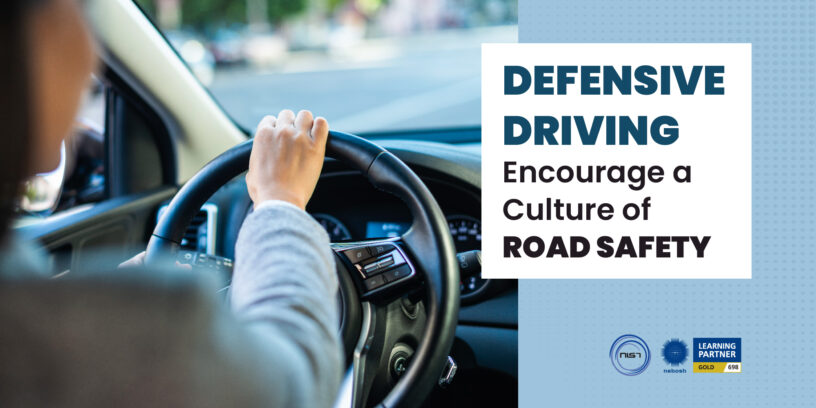Creating a culture of road safety is another crucial component of learning how to drive safely. It is crucial to spread awareness of road safety among people and in the community.
One method to promote a culture of road safety is to be a considerate and responsible driver. This entails abiding by the law and traffic regulations, paying attention to other drivers, and adopting the appropriate safety measures to prevent accidents. You may inspire other people to drive safely by leading by example and being a courteous and responsible driver.
How to promote a culture of Road Safety?
1. Defensive Driving Techniques
Defensive driving strategies are essential for improving road safety. Being aware of your surroundings, anticipating possible threats, and taking the required procedures to avoid accidents are all part of defensive driving.
Keeping a safe following distance is an important part of defensive driving. A safe following distance lets you to react to sudden stops or changes in traffic flow, lowering your chances of being rear-ended. It is generally recommended to maintain a two-second distance between your car and the vehicle in front of you. When traveling at high speeds or in bad weather, this space should be increased.
Another important part of defensive driving is being aware of your surroundings and anticipating potential hazards. This entails keeping an eye out for other vehicles, pedestrians, and bicycles on the road and being ready to react to rapid changes in traffic flow. It’s also critical to be aware of potential risks including merging traffic, crossroads, and sudden curves.
Another crucial part of cautious driving is to communicate your objectives as soon as possible. Turning, changing lanes, and stopping early might offer other drivers and pedestrians more time to respond and avoid accidents.
Finally, defensive driving requires you to alter your driving to the weather and road conditions. Adverse weather conditions such as rain, snow, and fog can reduce visibility and make driving more difficult. You may stay safe on the road by adjusting your speed, increasing your following distance, and employing suitable driving tactics.
2. Defensive Driving Training
Driver training is a crucial part of improving one’s road safety skills. It is critical to learn the necessary driving abilities and information to operate a vehicle safely on the road. Another strategy to improve driving skills and acquire better road safety skills is to take advanced driving courses. These courses can teach advanced driving methods including defensive driving and accident avoidance, which can help reduce the likelihood of road accidents and injuries.
Keeping up with road safety news and tips is also essential for driver training and knowledge. It is critical to stay up to date on changes in traffic rules, road conditions, and new driving technologies. This can help you stay up to date on the latest road safety advice and practices, allowing you to make informed driving decisions.
To ensure the safety of all road users, it is essential to develop and uphold Defensive driving road safety skills. It is all about preserving your own life as well as the lives of those who share the road with you. As you continue to hone these abilities, you can make an effort to encourage a safety culture in your surroundings. Motivate & educate others to follow them so that we can all drive in a safer and more responsible manner.
Defensive Driving Training @ NIST Global
At NIST Global, we provide defensive driving course from the National Safety Council, USA, so that people can develop and gain certification in Defensive driving skills. We also offer specialized defensive driving training to businesses that can be tailored to meet their unique demands.
For further details about Defensive Driving Training, kindly contact our client servicing team @ +91 8754465588 / info@nistglobal.com














Leave a Reply